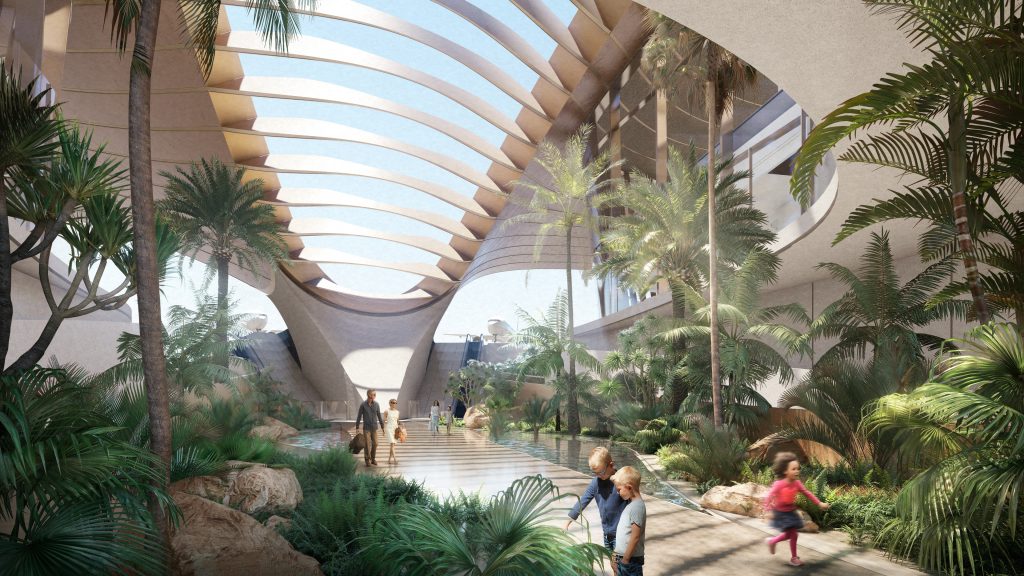The Red Sea Development Company (TRSDC) has announced that daa International will become the operator of The Red Sea Project’s new international airport.
daa International will provide airfield and terminal operations, aviation services, facilities management and commercial activities, as well as corporate and financial services.
The Red Sea Project is a luxury, regenerative tourism destination that, according to TRSDC, will set new standards in sustainable development and will position Saudi Arabia on the global tourism map. Upon completion in 2030, it will comprise 50 hotels, offering up to 8,000 hotel rooms and around 1,300 residential properties across 22 islands and six inland sites. The destination will also include a luxury marina, entertainment and leisure facilities.
“The state-of-the-art airport will provide a unique gateway for guests arriving at our destination, and this announcement is an important step in bringing the experience to life ahead of welcoming visitors by the end of 2022,” said John Pagano, CEO of TRSDC.
daa International will manage the operations of the airport during three separate stages. Stage one will involve ensuring that all airport designs benefit the customer. Stage two covers planning a full and seamless operational model for the airport when it opens to the public. The final stage will be to manage and operate this plan, maintaining the highest standards in customer experience and sustainability, and prioritizing safety and security.
“The Red Sea International Airport will become a fundamental part of each visitor’s journey to this unique destination, and we believe their holiday experience should start from the moment they land,” said daa International Chief Executive, Nick Cole. “That is why we intend to deliver a seamless airport experience for passengers, underpinned by a commitment to achieving TRSDC’s stringent sustainability goals.”
The Red Sea International Airport, which is being designed by Foster + Partners, is set to serve one million passengers annually by the project’s completion in 2030, with a peak capacity of 900 passengers per hour. Visitor numbers will be limited to one million, based on the environmental carrying capacity of the destination.
The entire transport network at the site, including the airport, will be powered by 100% renewable energy. In line with TRSDC’s commitment to set new standards in regenerative tourism, the airport is designed to include shaded areas and natural ventilation that minimize reliance on air conditioning.


